
V.B. Sakhare

Showing all 12 books

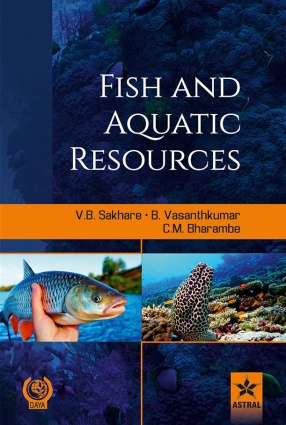
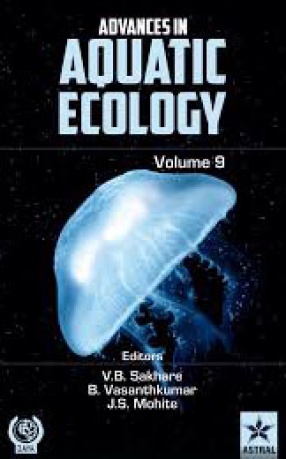
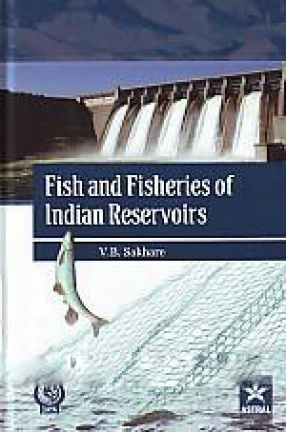
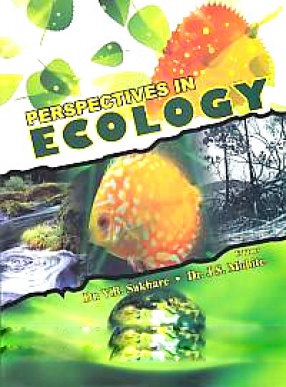
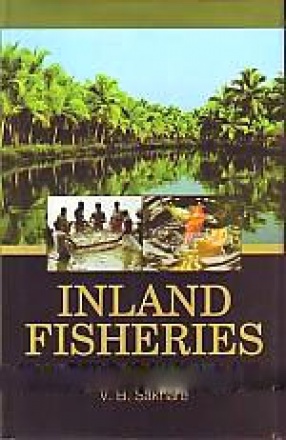
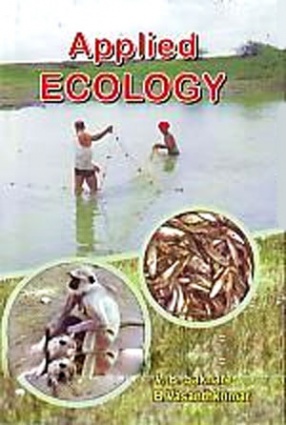
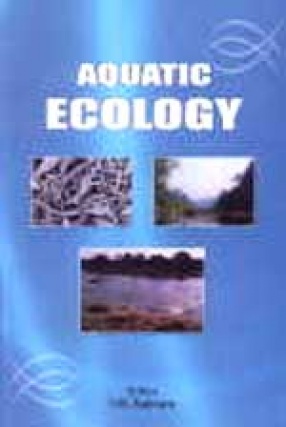

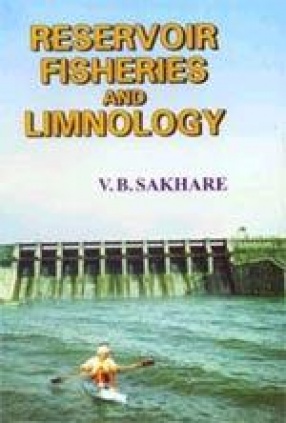
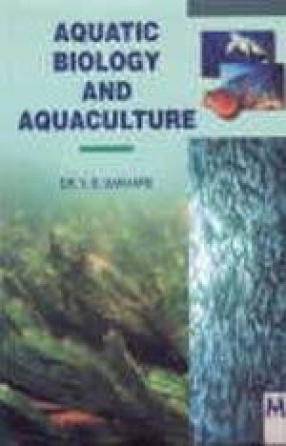


The title of present book reflects a combination of two interrelated terms fish and aquatic resources, which is interacting ecological, biophysical, economic, social and cultural components. How is aquatic resources connected with sustainability and resilience are explored in detail. This book comprises 23 chapters by well known experts and research workers in the field of fish and fisheries.

The present book is compendium of recent original research in the field of aquatic ecology. It is an assemblage of up-to-date information of rapid advances and developments taking place in the field of aquatic ecology. The chapters in the book have been contributed by eminent scientists/academicians.
The book is a unique compilation of 37 chapters which discusses exhaustive studies on fish biology, planktonology, physico-chemical environment, toxicology, ...





The book 'Aquatic Ecology' is a unique compilation of 16 research papers which discusses exhaustive studies on planktonology, physicochemical environment, fisheries, toxicology etc. With its application oriented and interdisciplinary approach, the book would be immensely useful to students, teachers, researchers, scientists, policy makers, environmental lawyers and others interested in aquatic ecology. The chapters in the book have been contributed by ...

Lakes and reservoirs hold a great promise as a source of freshwater demand of which will grow with passage of time. Unfortunately, these ecosystems are being neglected and destroyed in rural as well as in urban areas. The main problem in their management involves maintenance of water quality and morphometry responsible for water holding capacity. Innumerable lakes and reservoirs scattered all over the country need an urgent management plans for their protection, ...

Reservoir management strategy takes into account the prevailing environmental varieties and it comprises both capture and culture fisheries norms. Indian reservoirs are Spread over various geoclimatic regions and their drainage represent different types of catchment areas. Besides, the varying design and purpose of dams make the reservoirs different in their hydrographic and morphoedaphic different in their hydrographic and morphoedaphic characteristics. All ...

The present book 'Aquatic Biology and Aquaculture' is compendium of recent original research in the field of aquatic biology and aquaculture. It is an assemblage of up-to-date information of rapid advances and developments taking place in the field of aquatic biology and aquaculture. The book is a unique compilation of 14 chapters which discusses exhaustive studies on different aspects of aquatic biology and aquaculture. With its application oriented and ...
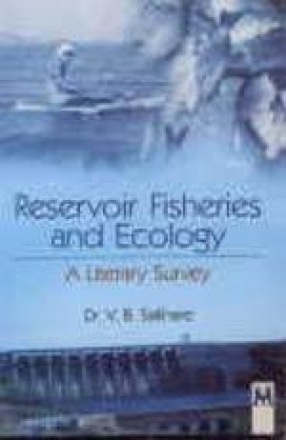
Reservoirs are a major, and for several countries an expanding, water resource which is very diverse both in terms of size and fisheries potential. They range from small water bodies with productive culture based fisheries to expansive reservoirs with variable and often low fish production.
These ecosystems offer enough scope for stock manipulation through ecological maneuvering, paving the way for production hikes at a relatively low capital investment. Unlike, ...
